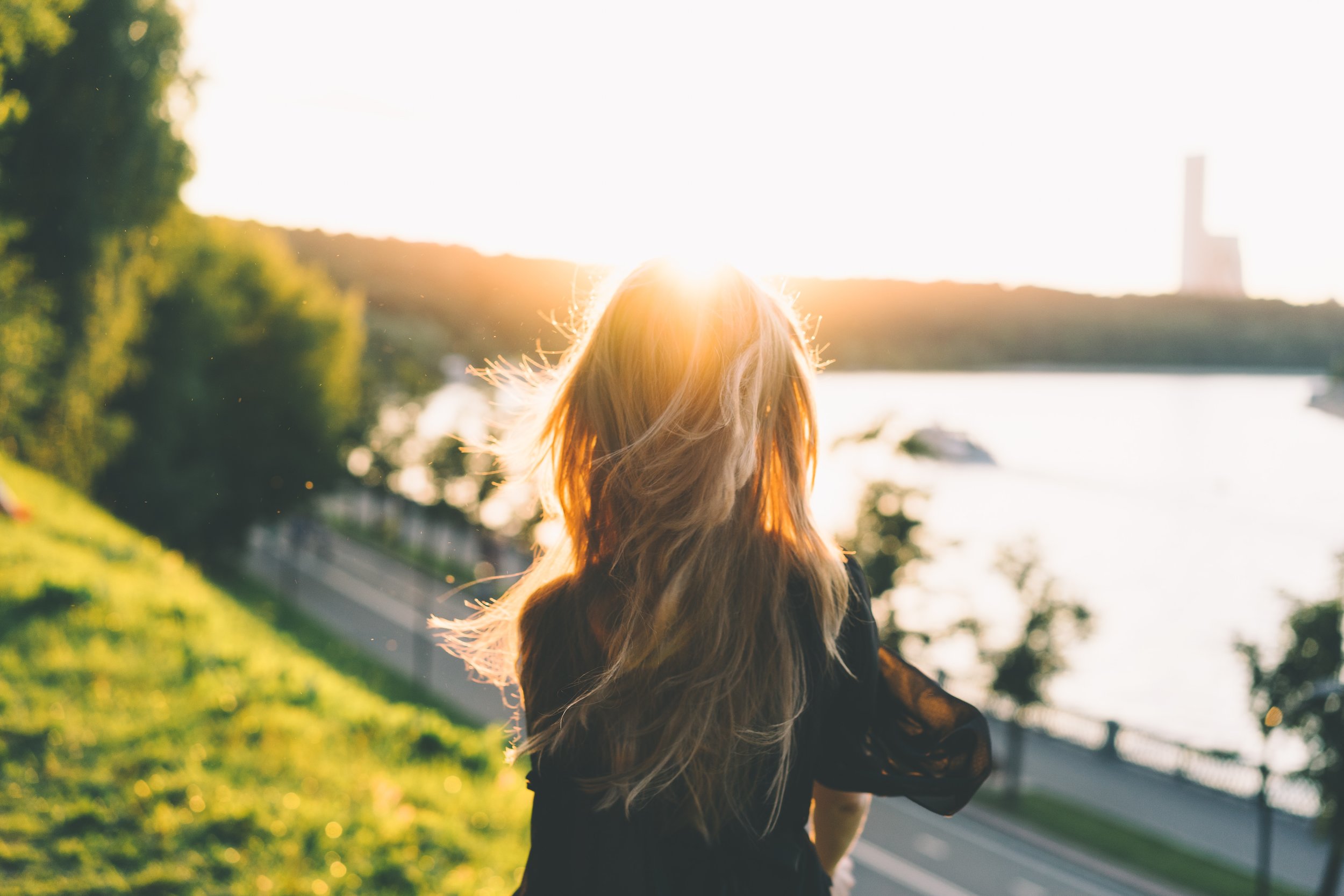Spider Vein Causes and Prevention
/
If you’ve noticed the telltale signs of spider veins, you are certainly not alone. These may include red, purple, or blue blood vessels twisting and turning beneath your skin, and it happens most commonly in the legs. Nearly 55 percent of women and 45 percent of men in the United States are dealing with some type of vein problem, whether it is spider veins or varicose veins, according to U.S. Department of Health and Human Services' Office on Women's Health. Here, we will explain what exactly spider veins are, and what you can do to prevent them.
What Are Spider Veins?
Spider veins are small, thin blood vessels that can be seen under the skin, and they are caused by increased pressure in the veins. They most often appear in the legs, particularly behind the knee, but can show up anywhere on the body. It is widely known that people who stand for long periods of time on a daily basis tend to have increased pressure in the veins of their legs, which makes them more likely to develop spider veins.
What Causes Them?
Many factors can increase your chance of developing spider veins, including:
Smoking. Smoking can restrict circulation, which causes blood vessels to swell.
Obesity. Like smoking, obesity can restrict circulation, which then causes vessels to swell, leading to spider veins. Being overweight or obese can also put extra pressure on your veins.
Genetics. You can inherit a tendency toward spider veins from either parent, and it can even skip a generation.
Pregnancy. During pregnancy, your body produces much more blood, causing veins to enlarge.
Sedentary lifestyle. Sitting and/or standing for long periods of time limits circulation, forcing your veins to work harder to pump blood to your heart.
Sun exposure. Spending too much time in the sun can cause spider veins to form on the cheeks or nose of a fair-skinned person. It’s even more reason to slather on the sunscreen!
Can I Prevent Them?
Unfortunately, there is not much you can do to prevent these pesky veins from showing up, especially if spider veins run in your family. Aside from genetics, maintaining proper circulation is your best bet in preventing them from forming. Regular exercise helps keep the blood flowing—try activities that engage the whole body, like running and aerobics. Here are some other tips you can try:
Keep your weight down. Lightening the load will lessen the pressure on your legs and veins.
Move. Alternate between sitting and standing throughout the day. Try to get up and/or take a walk every 30 minutes
Try compression stockings. Lightweight compression stockings may help relieve some of the pressure felt by those who spend most of the day on their feet.
Prop up your feet when watching TV or sleeping. Elevating your legs higher than your heart takes the pressure off your leg veins and encourages blood flow.
While spider veins rarely signify a serious health issue, they can sometimes cause legs to itch or burn. On occasion, spider veins can be a sign of something more serious, so if you’re noticing odd sensations in your legs, it’s best to get it checked out by a doctor.
If you’re faced with spider veins or any other skin condition, let our team at Leah Nickie ADVANCED AESTHETICS help you determine the most appropriate course of action for your unique skin care needs. Schedule your free consultation today.
Feature photo via Pexels









